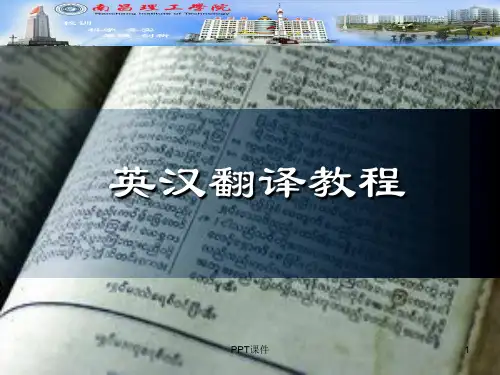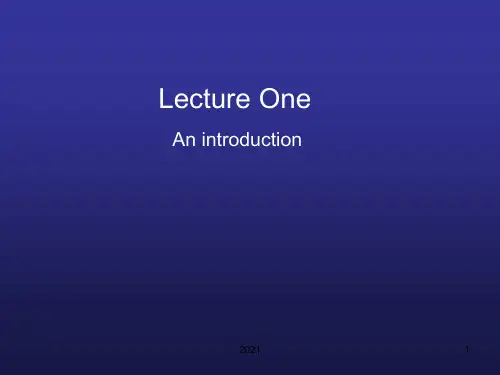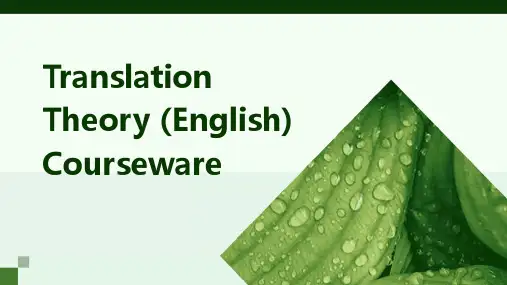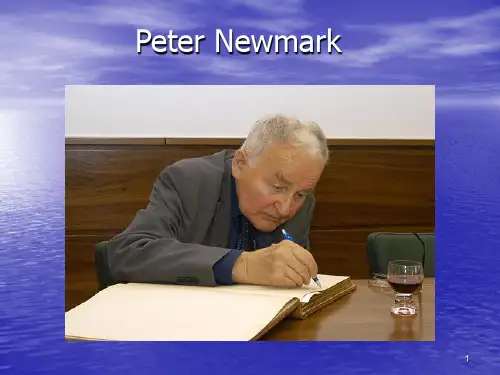semantic/communicative
(Newmark, 1988:45)
7
The 8 translation methods
• Word-for-word translation • This is often demonstrated as interlinear translation, with
5
• the British philosopher J. Austin’s
distinction between constative and performative sentences
• Translation is a craft consisting in the
attempt to replace a written message and/or statement in one language by the same message and/or statement in another language. (Newmark, 1981:7)
• Semantic translation • Semantic translation differs from ‘faithful translation’ only in as far
as it must take more account of the aesthetic value (that is, the beautiful and natural sound) of the SL text, compromising on ‘meaning’ where appropriate so that no assonance, word-play or repetition jars in the finished version. Further, it may translate less important cultural words by culturally neutral third or functional terms but not by cultural equivalent and it may make other small concessions to the readership. The distinction between ‘faithful’ and ‘semantic’ translation is that the first is uncompromising and dogmatic, while the second is more flexible, admits the creative exception to 100% fidelity and allows for the translator’s intuitive empathy with the original.










